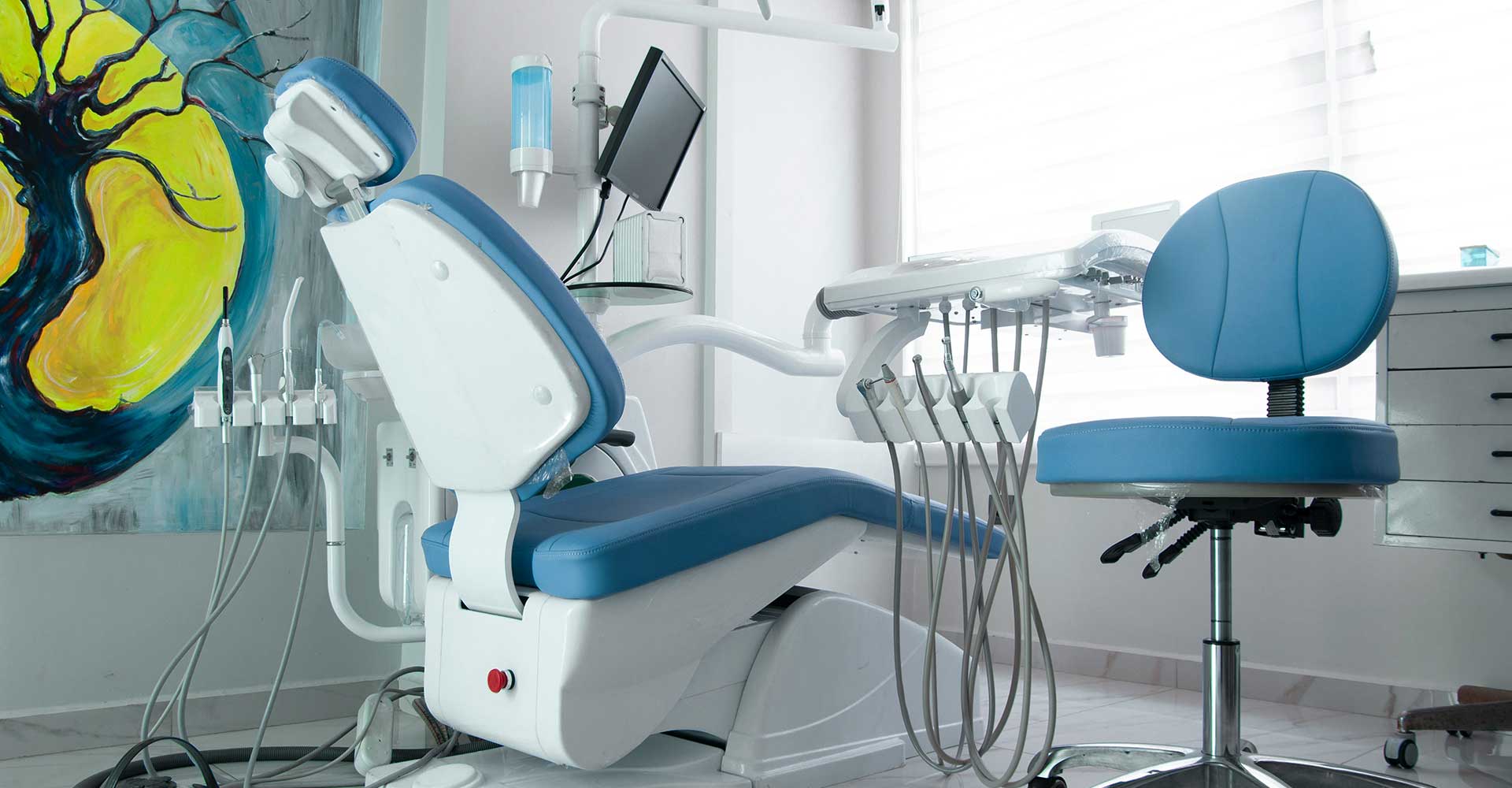The data center industry is expanding rapidly but faces critical hurdles with power consumption, supply chain vulnerabilities, and sustainability. Companies must proactively address those challenges to meet the escalating demand for computing resources. They’re already spending $1.8 trillion between 2024 and 2030 to develop and launch data-heavy technology.
Here are some of the trends and challenges impacting data centers in 2025.
U.S. Data Center Developments
A record number of data centers are predicted for construction in the U.S. in 2025. The epicenter of this growth? Northern Virginia, which expects to add 2.7 gigawatts of power capacity this year. The core markets of Atlanta, Chicago, Dallas-Fort Worth, Phoenix, and Hillsboro, OR, aren’t far behind.
Having already broken ground in Abilene, TX., for its first massive data center site, OpenAI is looking for additional sites in the state, according to Bloomberg. The Stargate Project, backed by SoftBank, OpenAI, Oracle, MGX, Arm, Microsoft, and Nvidia, is also looking for appropriate property in Texas and twelve other states as it and its partners plan to invest $500 billion in developing AI infrastructure between 2025 and 2029.
Amazon, owner of the AWS cloud computing platform that serves over 1 million businesses, is already struggling to meet demand. The company plans to invest about $100 billion in beefing up its infrastructure, with much of that investment slated toward data centers, homegrown chips and other tech designed to provide AI services. The data center shortage has affected Microsoft, too, with the company predicting slower growth as it builds more capacity to handle its AI products. Other companies building data centers throughout the U.S. include Aligned Data Centers, in DFW and Dominion Energy in Virginia.
Significantly increasing compute-intensive workloads
High-performance computing (HPC), AI, and generative AI (think ChatGPT, Gemini, ClaudeAI) have exploded and caused their own challenges. Production of new IT equipment has kicked into high gear, and the data center landscape has seen a proliferation of growth, with over 5,400 data centers in the U.S. in 2025. The next closest country in number is Germany, with 529 data centers.
The increasing variety and complexity of compute-intensive workloads require adaptations. Data centers need advanced cooling and power technologies to handle the latest high-power IT hardware, including Superchips and high-density server racks.
Generative AI workloads have similarly exploded. In 2020, ChatGPT-3 contained 175 billion parameters (the capacity for a model’s learning and text generation). GPT-4 (released in 2023) has over 500 billion parameters. Larger models have more sophisticated generative abilities, but with that sophistication comes a higher demand for computational resources to maintain peak operational efficiency.
Global dedicated AI data centers consume about 536 TWh (and should consume between 100 and 300 TWh in the U.S. by 2026); Deloitte forecasts that global electricity usage could double to 1,065 TWh by 2030.
Growing energy demands
The world can’t run without energy, but data centers consume a significant amount. According to the Energy Institute, energy consumption increased 2% globally to 620 EJ in 2023 — 0.6% higher than the 10-year average and more than 5% over 2019. AI technology is increasing the energy demand of data centers. Energy use doubled from 2000 to 2005 and more than doubled again between 2017 and 2023. There’s no sign of slowing now. A Department of Energy report predicts energy demands for data centers will double or even triple again by 2028, with estimates between 325 and 580 TWh required within three years — or 6.7% to 12.0% of total U.S. electricity consumption forecast by then.
Sustainability and efficiency efforts
Advancing data center efficiency and sustainability requires strategic action, technological innovation, and supportive government policies. AI has emerged as a powerful tool in decarbonization efforts, optimizing systems and reducing greenhouse gas (GHG) emissions. But, fragmented data collection and use hampers the ability to track sustainability and climate change.
AI’s ability to process, aggregate, and analyze large datasets makes it easier for systems (and companies) to improve their forecasting. For example, Google has improved energy efficiency with Trillium TPUs (67% more efficient than the previous generation of TPUs). The company uses AI-driven models to decrease GHG with a routing system designed to optimize fuel consumption by analyzing traffic, terrain, and vehicle engine characteristics. Another AI-based hydrological model can predict flood events up to a week in advance.
Impact of data centers on energy sources
The computer-intensive workloads and increased reliance on AI are driving demand for more data centers that are, in turn, consuming more and more energy. An IDC report found that electricity accounts for 46% of enterprise data centers’ total spending and 60% of service provider data centers’ total expenditures. According to a Goldman Sachs report, “U.S. utilities will need to invest around $50 billion in new generation capacity just to support data centers alone.” These costs are unlikely to decrease, with supply and demand dynamics, environmental regulations, geopolitical events, and climate change-driven severe weather affecting energy costs.
Experts predict the shift from coal-generated power production to renewable energy sources, like on-site solar, geothermal, wind, and nuclear, will continue to gain traction in 2025 and beyond.
Fortunately, data centers have more sustainable options for reducing their environmental impact and reliance on the power grid while also optimizing costs and operations. One solution? Battery energy storage systems (BESS). This technology uses batteries to store electrical energy for later, enabling the power grid to balance supply and demand, provide backup power, and improve energy efficiency and reliability, especially when integrating renewable energy sources.
Data centers can use BESS to provide backup power in case of a grid outage, installing the systems on-site. While diesel generators have been the traditional equipment for power outages, BESS are more sustainable, greener, cost less to run, have faster response times, and require less maintenance.
A McKinsey & Company report suggests that “Opportunities for investors in power infrastructure and adjacent sectors are quickly emerging,” with areas of potential including:
- Transmission and distribution investments in transmission and distribution (T&D) infrastructure
- Secondary markets with access to reliable, inexpensive power with hyperscalers focused on states like Indiana, Iowa, Ohio, and Wyoming, which also have the potential for carbon-free infrastructure
- Behind-the-meter solutions like retrofitting existing facilities to add capacity or supplemental power to boost the grid
- Renewable energy providers like solar and onshore winds
Commercial real estate investors may want to consider investing in the data centers themselves, as the share of hyperscale assets and leased assets is increasing, according to Synergy Research Group. With demand high and record low vacancies (2.6% colocation vacancy rates in December 2024), lease rates are skyrocketing.
Are you a commercial real estate investor or seeking a specific property to meet your company’s needs? We invite you to talk to the professionals at CREA United, an organization of CRE professionals from over 90 firms representing all disciplines within the CRE industry, from brokers to subcontractors, financial services to security systems, interior designers to architects, movers to IT, and more.

